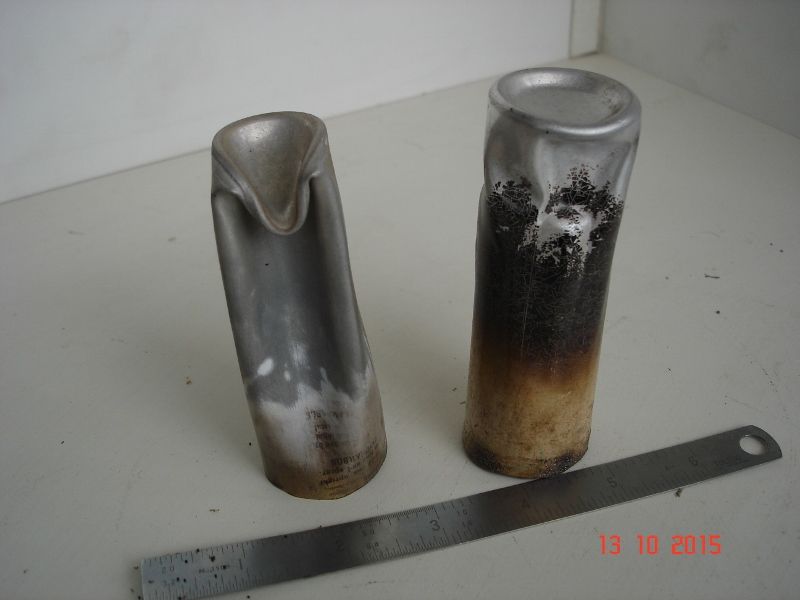Aluminium / steel, especially stainless-steel, couples are very unhappy partnerships, but it's the steel rather than the aluminium that corrodes.
I don't know what happens with aluminium/copper, but I think in some situations it will be the copper that is eaten.
This point is also pertinent to anyone building miniature railways with aluminium rail. It may seem best to use stainless-steel fastenings and I know some have done this. However, whilst they are good with mild-steel, the combination risks aluminium-alloy rail-ends corroding rapidly, leaving the stainless-steel screws all smugly bright and shiny.
I found this from experience at work, having spent some twenty years trying to tell my far more highly "edumificated" betters why their nice anodised-aluminium test-pieces emerged from a few days in a laboratory tank holding only tap-water containing ordinary swimming-pool treatments, with white "measles", especially around the stainless-steel screws!
I am not convinced by the fire risk. The high-Mg proportion aluminium alloys will burn in the right conditions, but the allow we are most likely to encounter is bog-standard HE30 (or whatever it's called now!), which is Al with a trace of copper. That doesn't so readily burn at all. In a simple model steam-boiler it's more likely just to melt if it runs dry.
YET… aluminium alloy IS used commercially for pressure-vessels, and for the heat-exchangers in modern domestic hot-water boilers (though a friend in the trade says they don't last long). If you read the dreaded Pressure Equipment Regulations – the original lawyers' version, more than the DTI guidance-books – you find its authors only ever knew of aluminium or stainless-steel alloys. I think the difference relevant here between commerce and we amateur engineers is that the trade has far greater resources of exotic alloys designed for the intended application classes, their relevant fabrication methods, and sophisticated testing facilities.
Ian S C.


 is, essentially ,a battery.
is, essentially ,a battery.


